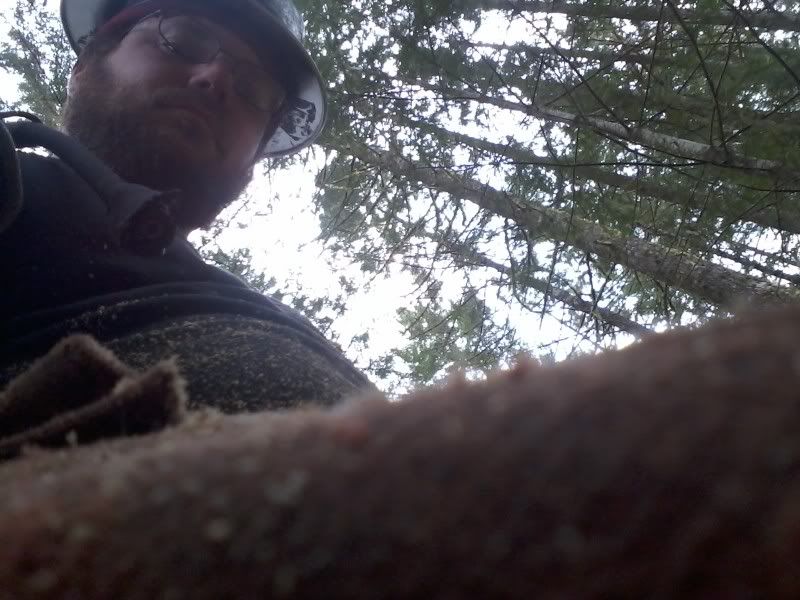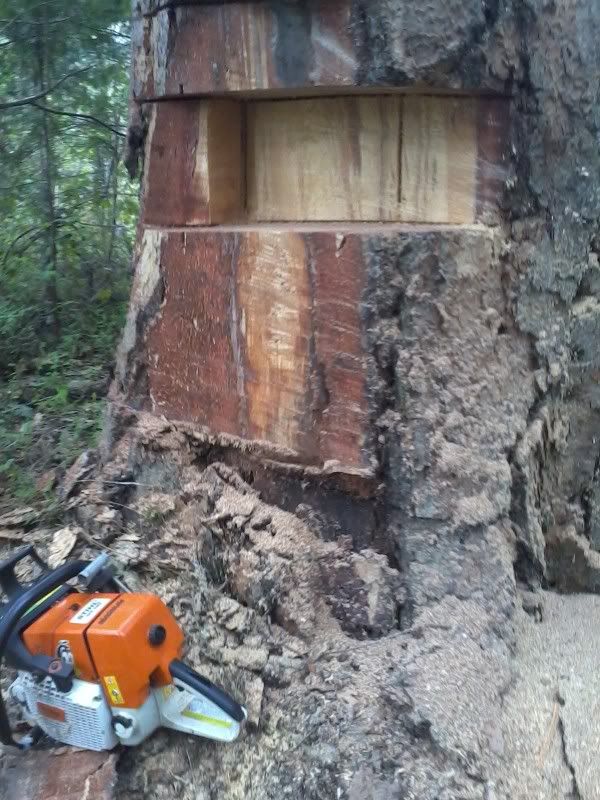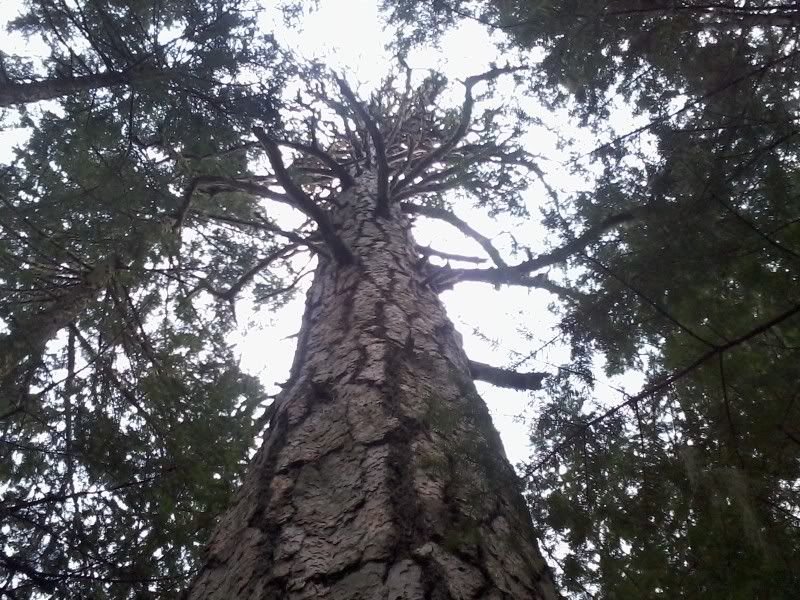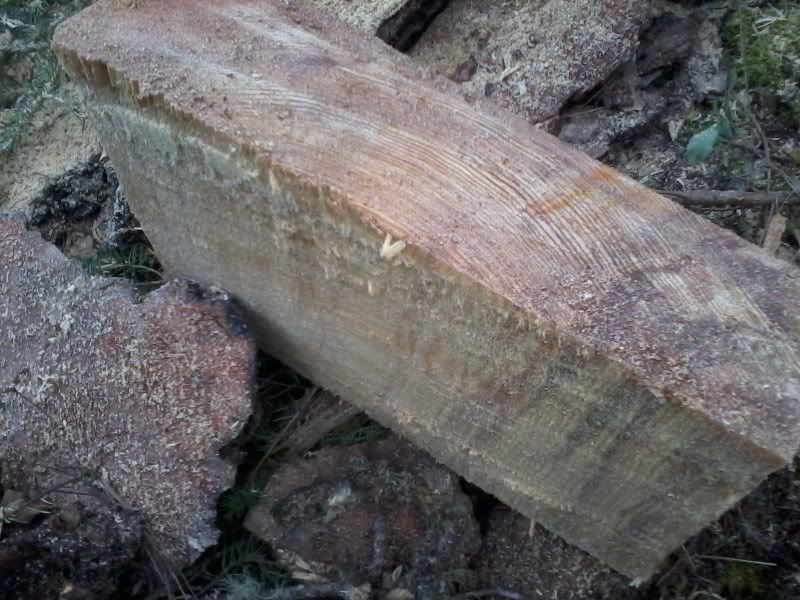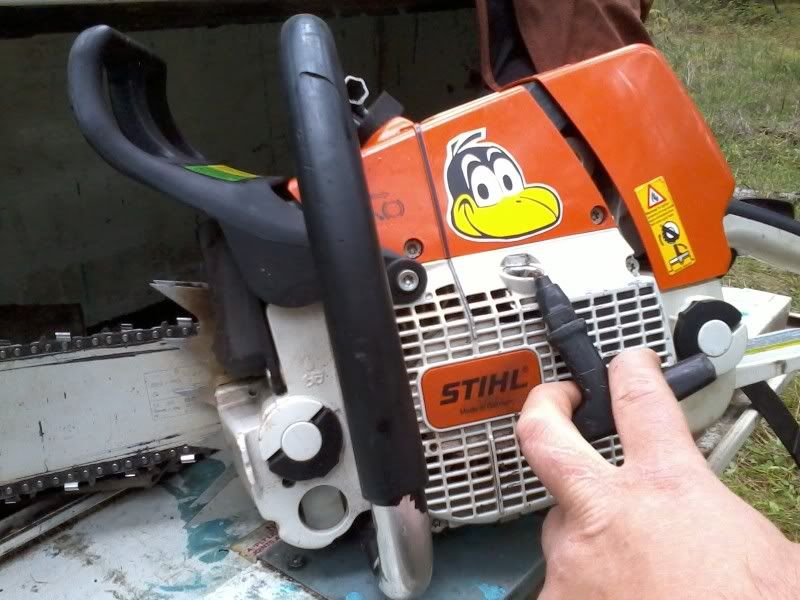Metals406
Granfodder Runningsaw
"On a windy day in July a woodcutter discarded a smoking cigarette in the Targhee National Forest, less than 200 yards west of the park. This was the start of the North Fork Fire, which entered Yellowstone within hours. It burned over 400,000 acres in the park and threatened West Yellowstone, Madison, Norris, Canyon, Tower, Mammoth, and Old Faithful. On September 7th, a firestorm raged toward the Old Faithful area, nearly incinerating the entire site. Instead, at the last minute, the wind shifted slightly, blowing the body of the fire just south of Old Faithful’s main developed area.
Crown Fire by West Thumb in Yellowstone
A fire that started by Flagg Ranch just outside the south entrance started by a power line that was blown down by 60 mile per hour winds, in this single day this fire burned ten thousand acres."
=============
The above fires were not let burn.
There is no smoking woodcutters and/or powerlines are natural provision in any national fire policy.
Several lightning fires, that also were not part of a let burn package, burned together or into the fires above or let burn fires and increased the overall acreage.
- - - - - - - - - - - - - -
The point I'd like to make, is that in a fire ecosystem like Yellowstone, large fires cannot be stopped from occurring.
If one delays this inevitable cycle then more fuel is built up and the resulting fires are more destructive. Where this is the worst is at higher elevations because recoveries often happen in slow motion.
=============
There is more to this cycle stuff.
Most of the 3 million acres that burned in the 1910 fires, which were much more significant than Yellowstone, reburned in the 1930's. Those snags mentioned above will fall over and combined with the new growth make a superb fuel bed for the second round of fires THAT WILL HAPPEN.
Usually life is in three's:
1) Insect or disease,
2) First Fire,
3) Second Fire.
Then we start over. Not now.
=============
Where we have screwed up is with this Euro idea of stopping the evil fire.
By doing that we have actually increased the destructive level of these fires by 'nuking' the soil with too much heat for a decent recovery between stages.
Fire fighters make things worse for fire fighters.
============
Told you those stories to tell you this one:
Get ready for Yellowstone to burn again sometime in the next dozen years because its time for #3.
Regardless of our fire suppression policy its going to happen.
Yup, fuel is allowed to build to a point where you don't have 1 minute fuels, or 5 minute fuels. . . You have buildup like you just loaded the stove for the night.
The intense heat is very destructive, instead of a cleaning effect that it should have.
In the next few years, there will have to be some serious pre-commercial thinning in the North Fork of the Flathead. The amount of lodgepole seed that was kicked off by the Moose Fire is ridiculous; literally trees every inch or so apart.
If nothing is done to mechanically remove the saplings, another dry year will invite another catastrophic fire.
I don't give a rip if it's a park, reserve, preserve, or wilderness area. . . Logging should be allowed, or fires lit every few years to limit fuel buildup.
Since most of these places are managed by jackasses, fuel will be allowed to build, and fires will be super destructive. The only answer they have is to do minimal urban interface remediation -- which won't be enough to shut down a barn burner.
More logging, less talking. . . Get'r done.

























































